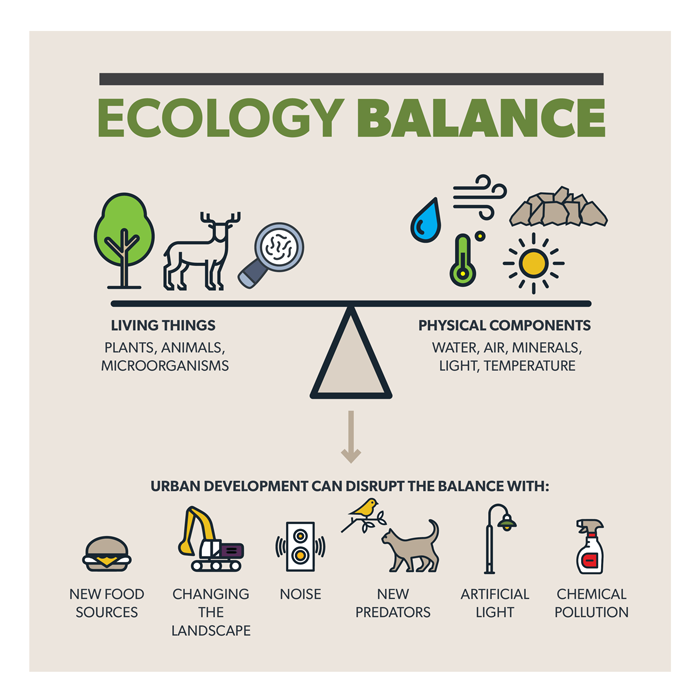Ecology
Goal: To protect and enhance the terrestrial and aquatic health of the natural heritage system.

Ecology is the distribution and abundance of organisms, interaction between individual organisms and between organisms and their environment, and the structure and function of ecosystems. Ecosystems have integrity when their native components are intact, including: physical elements, such as water and rocks; the make-up and number of species and communities; and the engines that makes ecosystem work such as fire, flooding and predation. Urban development impacts how these natural systems function.
What can you do?
- Make your yard a place that is friendly for pollinators by using low-water plants and mulch and get a rebate!
- Learn how to care for your trees
- Help care for our public green spaces by adopting a park or participating in Green Deer
- Learn how to live with wildlife
Check out our progress towards achieving our ecology goals below.